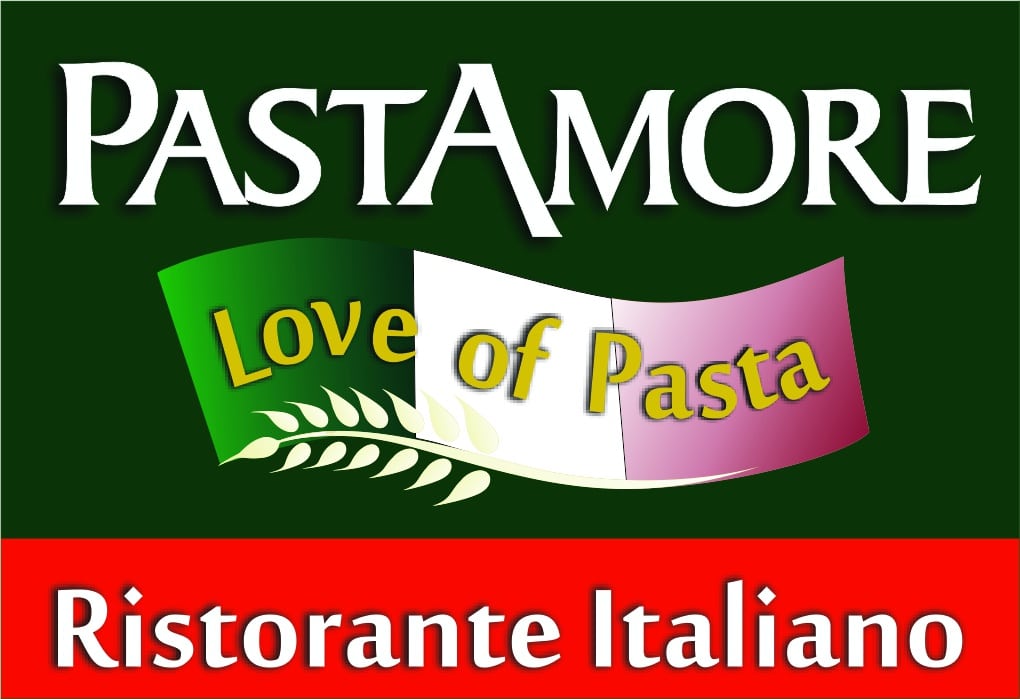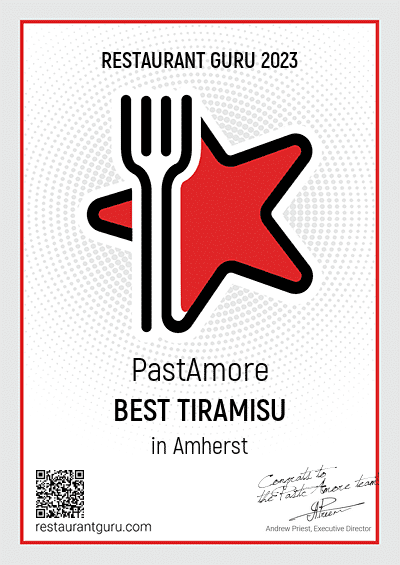Behind every bottle of Moscato lies a journey of meticulous care and craftsmanship, from the sun-drenched vineyards where the grapes are grown to the skilled hands of the winemakers who transform them into the delightful elixir we know and love. Join us as one of your favorite Amherst restaurants explores the art of making Moscato wine, exploring the passion, expertise, and time-honored traditions that go into every step of the process.
Cultivating the Grapes
The journey of Moscato wine begins in the vineyard, where the delicate Muscat grapes are cultivated with care and precision. Known for their distinctive floral and fruity aromas, Muscat grapes thrive in warm, Mediterranean climates, where they bask in the sunshine and absorb the unique terroir of the region. From the pruning of the vines to the careful monitoring of ripeness, each stage of grape cultivation is guided by the expertise of the viticulturist, ensuring that only the finest fruit makes its way to the winery.
Harvesting and Crushing
As harvest season arrives, the vineyard comes alive with activity as workers carefully handpick clusters of ripe Muscat grapes. Timing is crucial in Moscato production as the grapes must be harvested at the peak of ripeness to capture their vibrant flavors and aromatic intensity. Once harvested, the grapes are transported to the winery where they undergo the gentle process of crushing and pressing. This helps to release their juices, which will form the foundation of the wine.
Fermentation and Aging
After crushing, the grape juice is transferred to stainless steel tanks or oak barrels, where fermentation begins. Unlike wines that undergo malolactic fermentation, Moscato is typically fermented at cooler temperatures to preserve its natural sweetness and aromas. Moscato may be aged briefly to enhance complexity and depth, or shortly after fermentation to capture its vibrancy.
Blending and Bottling
Once fermentation is complete, the winemaker carefully evaluates the characteristics of each batch of Moscato wine. Blending allows the winemaker to achieve the desired balance of sweetness, acidity, and fruitiness, creating a harmonious and well-rounded wine. After blending, the wine is filtered and clarified to remove any sediment before being bottled and sealed with a cork. Now it’s ready to be enjoyed by wine lovers around the world!
Pastamore | Amherst Restaurants
What are you craving for dinner? Rest assured, we have plenty of delicious options here at one of your favorite Amherst restaurants. To explore all of our options, check out our online menu or stop in and dine with us for lunch or dinner!




